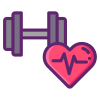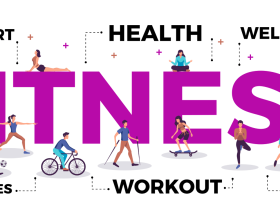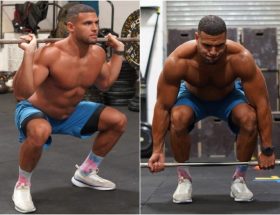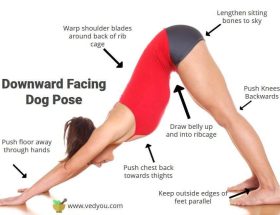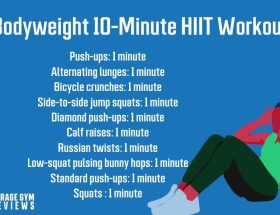Cardiovascular exercise, also known as cardio, is an essential component of any fitness routine. It involves activities that increase the heart rate and improve overall cardiovascular health. Regular cardio workouts can help improve endurance, reduce the risk of heart disease, and enhance overall well-being.
Understanding Heart Rate Zones
One of the key concepts in cardio workouts is heart rate zones. These zones are based on percentages of your maximum heart rate and determine the intensity of your workout. By exercising within the appropriate heart rate zone, you can maximize the benefits of your cardio workout.
Calculating Your Maximum Heart Rate
To determine your maximum heart rate, subtract your age from 220. For example, if you are 30 years old, your maximum heart rate would be 190 beats per minute (220 – 30 = 190).
Target Heart Rate Zones
Zone 1 (50-60% of max heart rate) – This zone is ideal for beginners or those recovering from injury. It is a light intensity level that can help improve cardiovascular health without putting too much strain on the body.
Zone 2 (60-70% of max heart rate) – This moderate intensity zone is great for improving endurance and burning fat. It is a sustainable pace that can be maintained for longer periods of time.
Zone 3 (70-85% of max heart rate) – This high intensity zone is where the real cardiovascular benefits kick in. It is ideal for improving aerobic fitness and increasing calorie burn.
The Science of HIIT
High-Intensity Interval Training (HIIT) is a popular form of cardio workout that involves short bursts of intense exercise followed by brief periods of rest or lower-intensity activity. HIIT has been shown to be highly effective in improving cardiovascular fitness and burning calories.
The Afterburn Effect
One of the key benefits of HIIT is the afterburn effect, also known as excess post-exercise oxygen consumption (EPOC). This refers to the increase in metabolic rate that occurs after a HIIT workout, allowing you to continue burning calories even after you have finished exercising.
Building Endurance
HIIT can also help improve endurance by pushing your body to its limits and challenging your cardiovascular system. Over time, this can lead to greater stamina and performance in other physical activities.
Tips for Effective Cardio Workouts
Choose activities that you enjoy – Whether it’s running, cycling, swimming, or dancing, find a cardio workout that you love to do.
Set goals and track your progress – Monitor your heart rate, distance, and time to ensure you are working within the right intensity levels.
Mix it up – Incorporate a variety of cardio activities to keep your workouts fun and challenging.
Listen to your body – Pay attention to how you feel during and after your workout and adjust the intensity as needed.
Conclusion
Cardio workouts are a crucial part of any fitness routine and offer a wide range of health benefits. Understanding heart rate zones, incorporating HIIT, and following these tips can help you maximize the effectiveness of your cardio workouts and improve your overall fitness level.
Remember to always consult with a healthcare professional before starting any new exercise program, especially if you have any preexisting health conditions. With dedication and effort, you can achieve your fitness goals and enjoy the many benefits of regular cardio workouts.
